Missing teeth are no longer a problem! Dental implants offer the most advanced, durable, and natural-looking solution for restoring your smile. An implant, together with its crown, mimics a real tooth both aesthetically and functionally-helping you regain confidence, comfort, and a complete smile.
To book a visit, sign up for a consultation. To clarify the details, our operator will contact you.

Flossing
01 June 2022
Dentists say flossing is as important as brushing your teeth to prevent gum disease, cavities, and bad breath. These problems are caused by an accumulation of harmful bacteria and plaque, resulting from particles of food that get trapped between the teeth and under the gum line, where toothbrushes can't reach.
Benefits of Flossing
Both types of floss come in a variety of flavors, or you can choose an unflavored option, and in different thicknesses. The best thickness is the one that feels comfortable for you. Used properly, both nylon and PTFE flosses will effectively remove plaque and particles of debris. If not removed, plaque can harden into tartar (aka calculus), and this calcified plaque latches onto the enamel of teeth – the hardest substance in the body, protecting the outer layer of each tooth – and infiltrates beneath the gum line, which can cause cavities and periodontitis (gum disease).
Periodontitis and advanced periodontitis are chronic and serious issues that can result in loss of teeth, receding gums, and other major problems.
Running a thin line of cord between your teeth may sound like simplicity itself, but there’s much more to the process than that, and there’s a right way and a wrong way to floss, so Blits Dental - Kakhaber Kharebava the best dental clinic Tbilisi " has broken down the secret to successful flossing into three key elements.
1. Be Generous with the Floss
People often use floss conservatively, although it’s such an inexpensive product. If you snap off pieces of floss that are too short, your fingers are likely to keep slipping from the line.Having a generous supply of floss also enables you to use a clean section for each tooth, which is far more hygienic than using the same piece over and over to clean all your teeth.
2. Gently Does It!
When flossing, remember that the aim is simply to remove debris from the tooth surface. Many people tend to go at it too hard when flossing, which can cause more harm than good. Being too vigorous in the flossing process won’t produce more effective results but can make the experience uncomfortable or even painful, wearing down tooth enamel and damaging your gums. For optimum results, develop a practice of applying the floss slowly and steadily to the sides of each tooth, letting the floss do the work for you and take care of any tough spots.
3. Get a Good Grip
If the floss is slack between your teeth, it will be ineffective in removing plaque and particles of food. It needs to make good contact with the sides of each tooth, which requires holding it tightly and at an angle, changing the angle of pull to ensure the floss achieves maximum contact on each sidewall of the tooth. Be careful, though, not to hold the floss so tightly to the tooth surface that it causes discomfort.Ask your dentist for advice about flossing and try different types of interdental cleaners until you find the one that’s right for you.
Blits Dental Kakhaber Kharebava clinic recommends using cleaning floss regularly and thus prevent various diseases of the oral cavity.
During pregnancy, hormonal changes can cause gum inflammation, bleeding, enamel erosion, and an increased risk of cavities. That’s why visiting the dentist during pregnancy is especially important.
Gnathology is one of the leading branches of 21st-century dentistry. It forms the foundation for any complex dental treatment planning
Tooth loss (edentulism) affects not only the appearance of your smile but also the overall functional health of your oral cavity
Dental veneers can be made from various materials, but ceramic (porcelain) veneers are the most widely used.
Modern aesthetic and functional dentistry is continually evolving, striving to identify restorative materials that combine exceptional strength
The eruption of baby teeth is one of the most important stages in a child’s early development.
Modern dentistry increasingly emphasizes the importance of orthodontic care.
Oral health care begins long before the first permanent tooth erupts.
A smile is one of the key elements of a person’s visual identity. It conveys confidence and positivity. However, the beauty of a smile is not only an aesthetic factor—it is directly connected to oral health.
Orthodontic treatment has long gone beyond the limits of traditional metal braces.
Dental implantation is the best method for restoring missing teeth. However, for the procedure to be successful, the jawbone must have sufficient volume and density.
Dental implantation is one of the most effective and safest surgical procedures in modern dentistry for restoring missing teeth.
Initial endodontic (root canal) treatment is usually successful and helps preserve the natural tooth.
Root canal treatment, also known as endodontic therapy, is one of the most frequently discussed yet often misunderstood dental procedures.
Tooth decay is one of the most common dental conditions, involving damage to the hard tissues of the teeth
Modern dentistry is constantly evolving, offering improved methods for solving complex issues.
Today, there are numerous teeth whitening options—both at home and professionally done.
Modern dental clinics are equipped with special equipment that ensures the safe use of anesthesia.
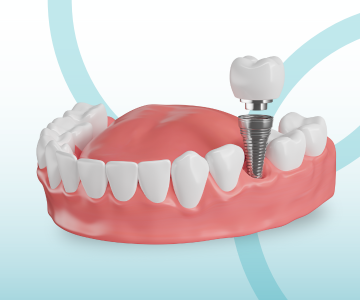

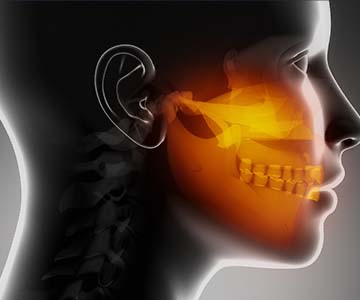
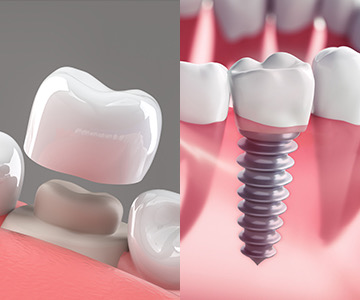
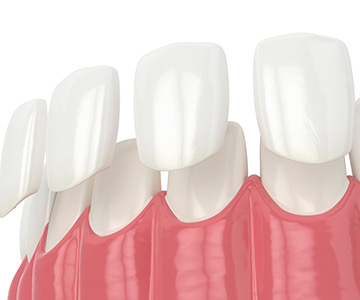



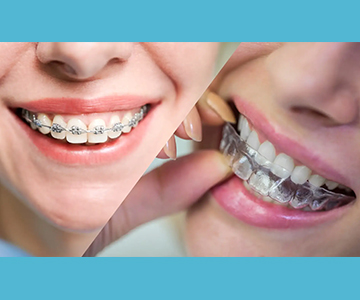


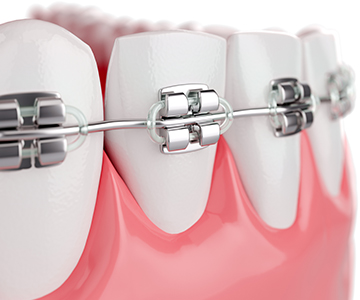
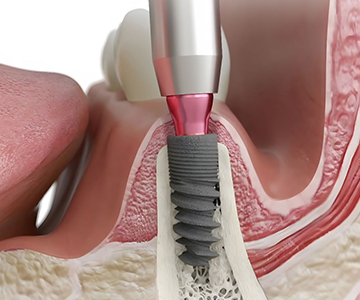
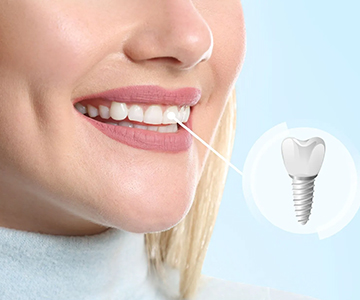
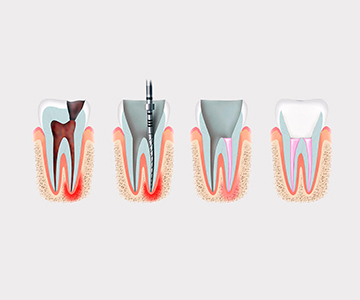
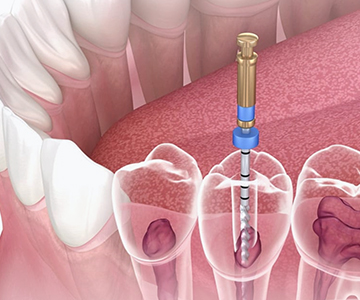
.jpeg)
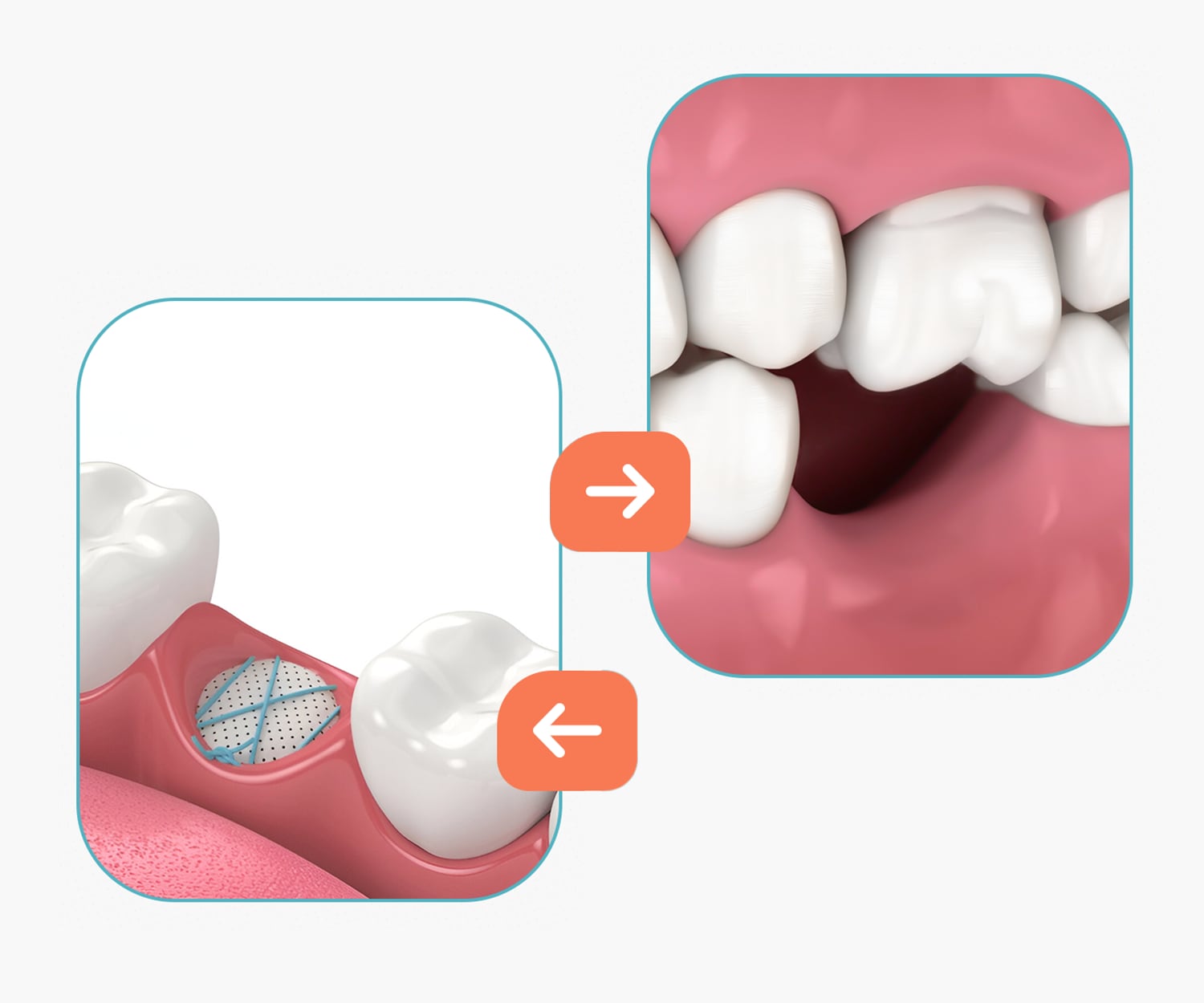
.jpeg)
